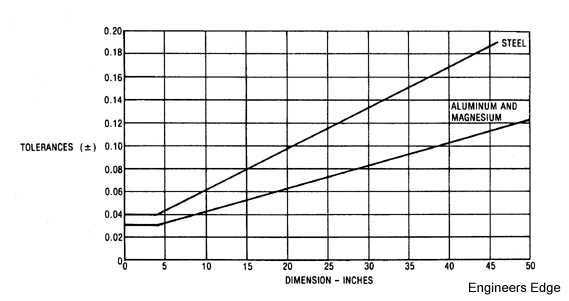Design For Sand Casting Design Guide and Considerations
Design For Sand Casting Manufacturing Guide and Considerations
General: Sand casting is the most popular casting process employed in industry. Sand casting molds use silica based sands. There are two general types of sand: naturally bonded and synthetic sands. that can be controlled better synthetic sand and, is the most common used by foundries. In general sand used in making sand cast molds is fine, round grains that can be closely packed and forms a smooth mold surface. Sand cast molds are designed to have a good collapsibility (the casting shrinks while cooling) to avoid defects in the casting, such as hot tearing and cracking. Clay is used to cohesively bond sand particles, giving the sand strength. Common recognizable parts made by sand casting are: engine blocks, cylinder heads, housings and similar enclosures.
Design:
The designer should take into account the following: the parting line, finish, the draft, the presence of ribs, bosses, webs, and recesses, and the machining allowance. In general uniform walls are preferred with a maximum wall thickness not to exceed 5 inches and a minimum wall thickness ,25 inches over a 5 inch span max.
Parting Line:
The parting line should be identified on the casting drawing.Determining the position of the parting line is a critical step in the casting design. Parting line mismatch, and parting line and seam flash extension allowances should nor exceed .020". Maximum parting line seam flash extension material is about .015".
Finish:
As cast surface finish is typically 200 - 500 RMS. Post machining operation should be accounted for in material allowances should better surface be required.
Draft:
To facilitate the removal of the pattern from the weak, brittle molding sand cast draft should be defined and accounted for. Standard draft for sand casting is 2 degrees with a minimum of about 1 degree for external and internal features.
Section Changes
The design should not contain abrupt section changes. Fillets and tapers are preferred to sharp steps. If a section change of over 2:1 thickness ratio is unavoidable, there are two alternatives: design two separate castings to be assembled together, or use a wedge form between the unequal sections. The taper of the wedged area should not exceed 1:4.
Ribs and Web Ratio Chart:
Improper rib, web and corner design can lead to sink spots. In general web or wall thickness should as a minimum be 0.10" - Aluminum, .13 Magnesium and .13 for Steel.See Casting Rib Design for additional information.
Sand Cast Tolerance Chart
